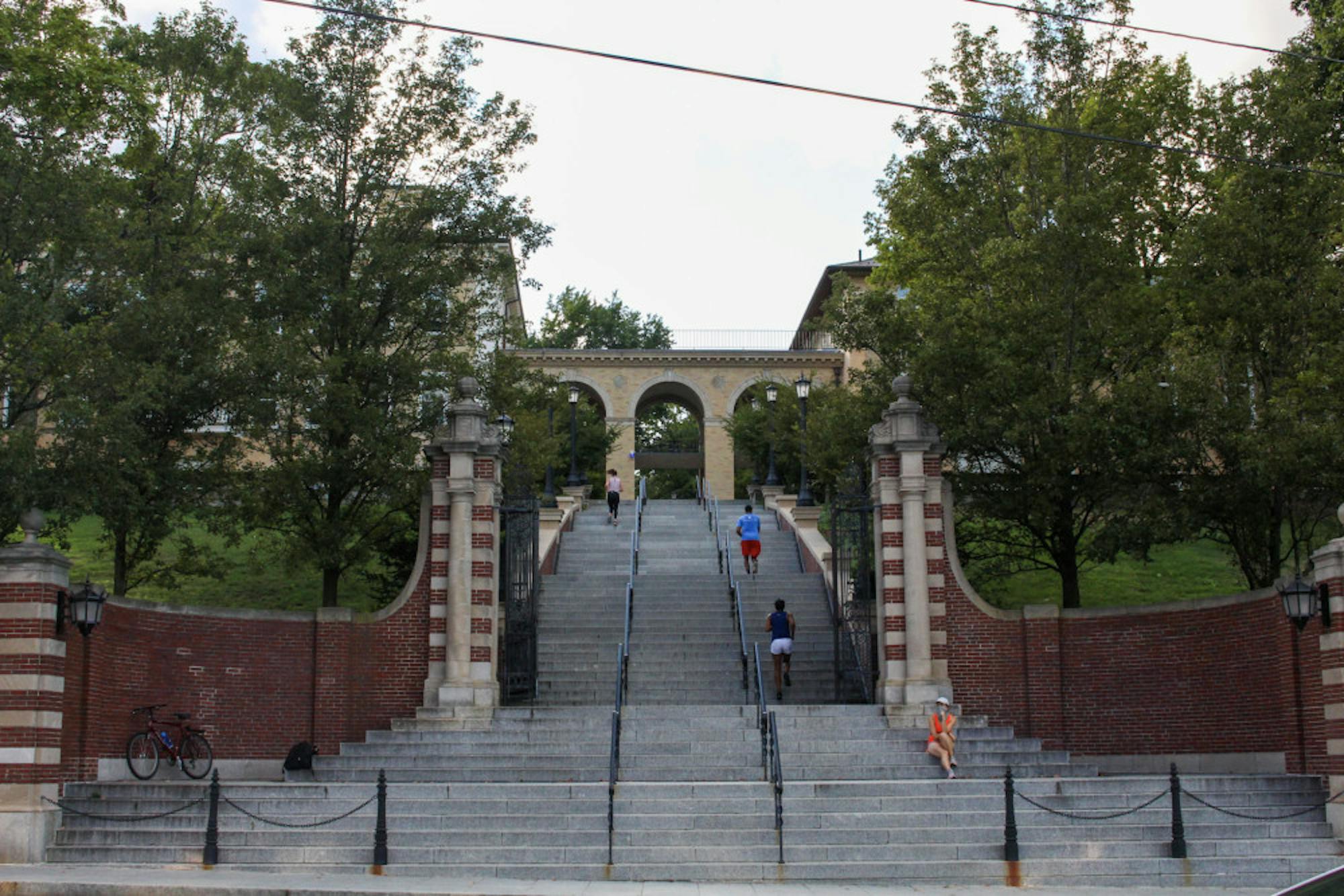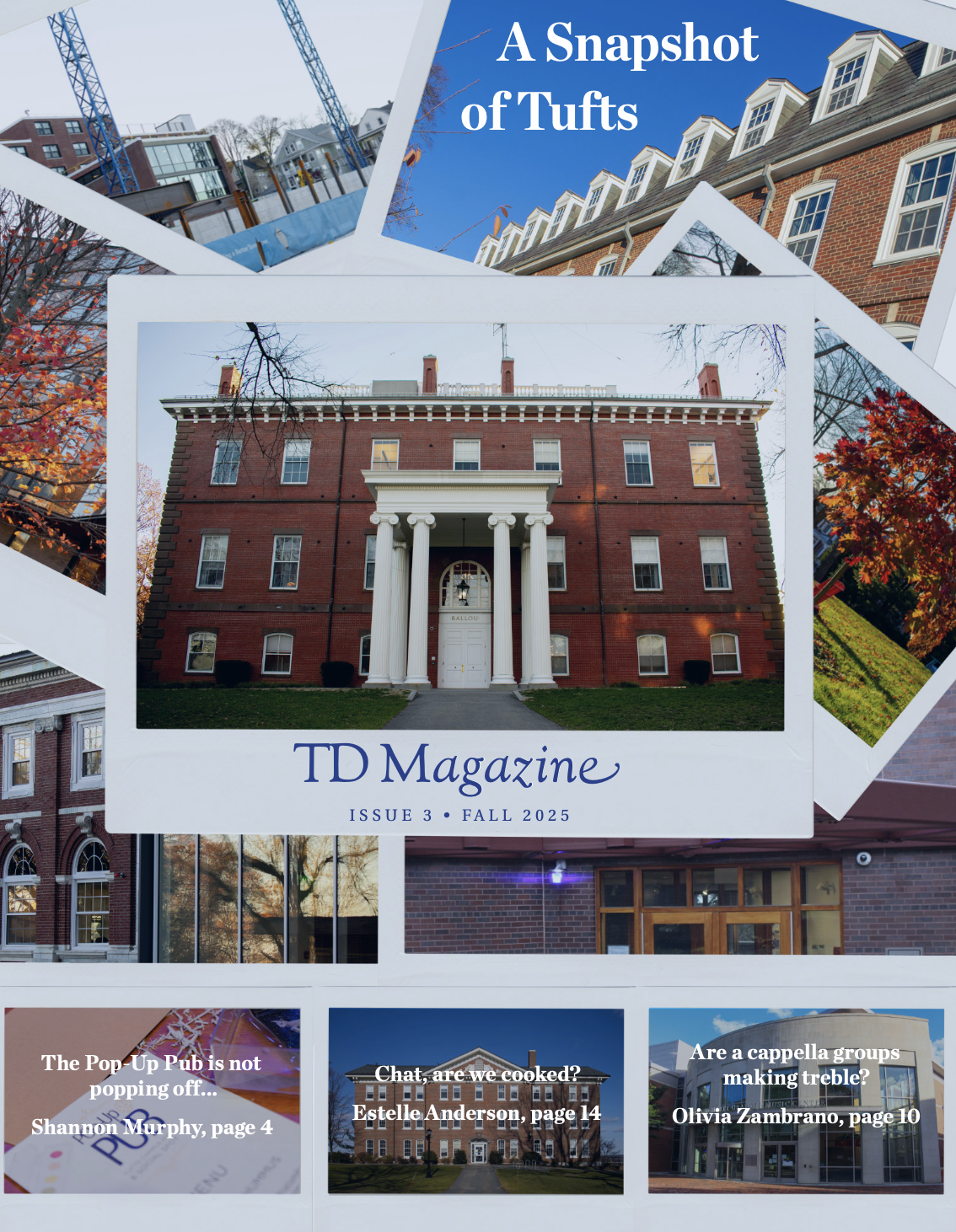University President Anthony Monaco shared the findings of the Institutional Audit and Targeted Actions workstream, one of five workstreams focused on anti-racism initiatives at Tufts, in a Feb. 17 email to the community. The workstream identified structural racism within the university and shared sweeping recommendations to further the university's goal of becoming an anti-racist institution.
The workstream's steering committee included 26 committee members from across the university, including faculty, staff and students. The committee’s members conducted interviews, policy reviews and data analyses to inform its recommendations.
The University also partnered with Accenture, a consulting company, which played a large role in research that informed the report’s findings.
“I attended almost weekly Zoom meetings … and I mostly just listened to the consultants talk about their plans. It seemed like the consultants did most of the research and formulating of the plans and the workstream was mostly just to get faculty, staff, and student opinion," Parker Killenberg, a junior and one of the committee's members, wrote in an email to the Daily.
Kim Ryan, vice president for human resources at Tufts, described the process of working on the workstream.
“We worked on a fairly aggressive timetable, from late fall to the beginning of this year, to first build a steering committee comprised of the faculty, staff, administrators and students from multiple schools and units, and to then methodically identify and analyze the existence of embedded structural racism within processes, policies, programs and procedures across all schools and units at Tufts," Ryan wrote in an email to the Daily. "We engaged in weekly meetings, collected data from individual employees, focus group interviews, and community engagement sessions, and assessed a range of institutional protocols – all in an attempt to understand what is happening at Tufts and develop a targeted plan to address any bias."
The report began by chronicling incidents of bias and racism experienced by members of the university, ranging from mispronunciations and misspellings of names to other incidents of discrimination.
“According to one undergraduate student who spoke English as a second language, a professor responded to her question by plugging 'the answer … into Google Translate in English and [showing] it to [her] in Spanish,'" the report said.
The report was separated into "strategic priorities": Anti-Racism Education, Compositional Diversity, Capacity & Resources, Accountability & Measurement, Structural Improvements and Policies. Recommendations were included for each priority area.
The Anti-Racism Education section recommended implementing the Office of the Chief Diversity Officers proposal for anti-racism and anti-oppression education that was approved in December 2020, along with providing resources to facilitate conversation about race.
In Compositional Diversity, the report made recommendations for anti-bias training and establishing compositional diversity goals for staff at various levels and incoming classes, among others.
The recommendations for Capacity and Resources included appropriate budgeting and funding for these efforts, making assistant/associate deans for diversity and inclusion available for all units and considering whether these roles should be full-time positions and communication improvement.
The Accountability and Measurement section made recommendations for vision, measurement capability and accountability, and the Structural Improvements section made recommendations for recruiting, career development and advancement, issue resolution, supplier diversity and admissions.
The last section of the report, Policies, recommended removing "potentially discriminatory language from all policies," implored Tufts community members to report anti-racist or discriminatory actions and provided clear examples of when language might be misleading. It advocated continuing to review policies increasing representation among those involved in governance to reduce bias and continuing to create policies in the future that contribute to the advancement of the anti-racist mission.
Despite the comprehensiveness of the report, some students took issue with Tufts’ approach and pace in meeting its commitment to becoming an anti-racist institution.Leila Skinner, a junior, told the Daily in an electronic message that Tufts should seek to be more deliberate in listening to its community members.
“No one ever appoints a task [force] to find out what’s going on. They always appoint the task force to make the problem go away and hold onto their power," Skinner said. "Tufts is a colonial institute founded on the oppression of Black, Indigenous, and other people of color. Until Tufts acknowledges and [works] to reconcile that harm, it will never be an 'anti-racist' University.”
Killenberg pushed back on the notion that the workstream was not productive.
“I know that the university leaders that led the workstream that I was on seemed committed to actually implementing policies and bringing about change,” Killenberg said.
Joyce Sackey, associate provost and chief diversity officer for the Boston and Grafton campuses and one of the leaders of the workstream, also felt encouraged by the progress the university has made thus far.
“The work is just in the beginning stages, but the University has responded very positively … the University announced an investment of at least $25 million over the next five years to ensure the work comes to fruition. This is the largest single financial commitment made toward diversity, equity and inclusion (DEI) strategic priorities in Tufts’ history," Sackey wrote in an email to the Daily. "The work of achieving anti-racism and our DEI goals is not a one-year effort, but something that the University is committed to continue for many years to come with the objective of impacting not only our community, but also the broader society.”
Ryan and Sackey are hopeful the report can serve as a meaningful step in Tufts’ commitment to anti-racism.
“Ultimately, our goal with the report is to provide the blueprint for advancing Tufts on the journey toward becoming an anti-racist institution," Ryan and Sackey said. "We want to remove structural racism from all processes, procedures and practices within all schools, units and levels of the University, while also drawing attention to the lived experiences of Black, Indigenous, and people of color on campus for a more equitable community."






